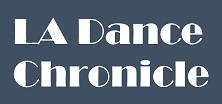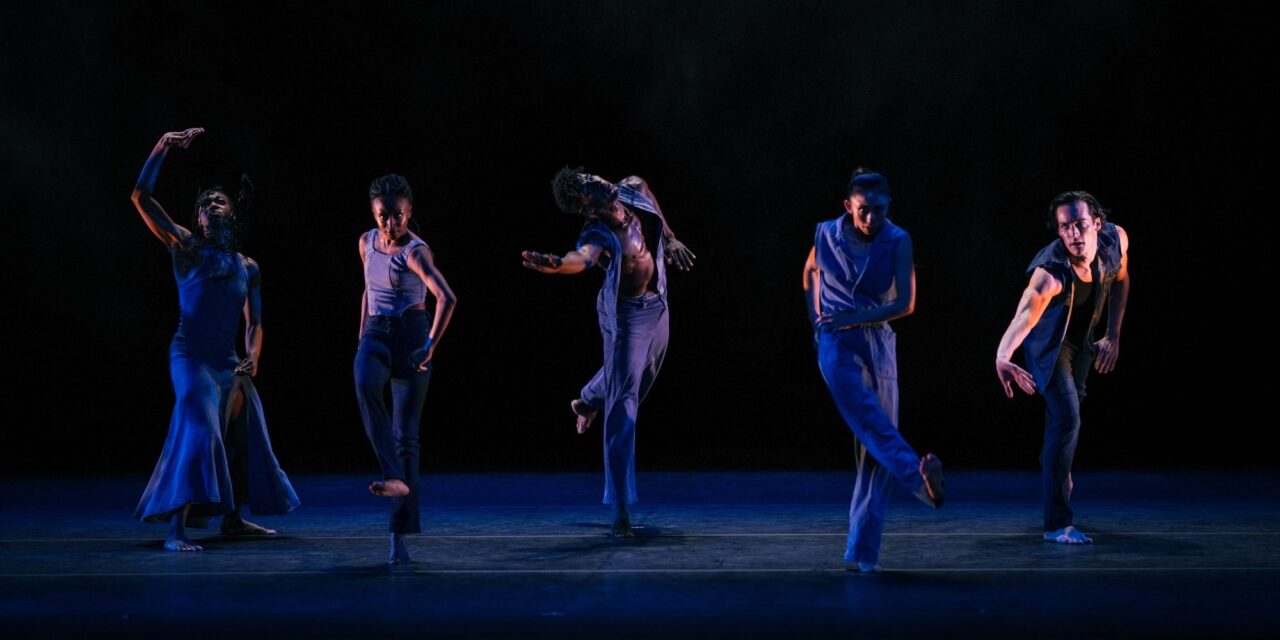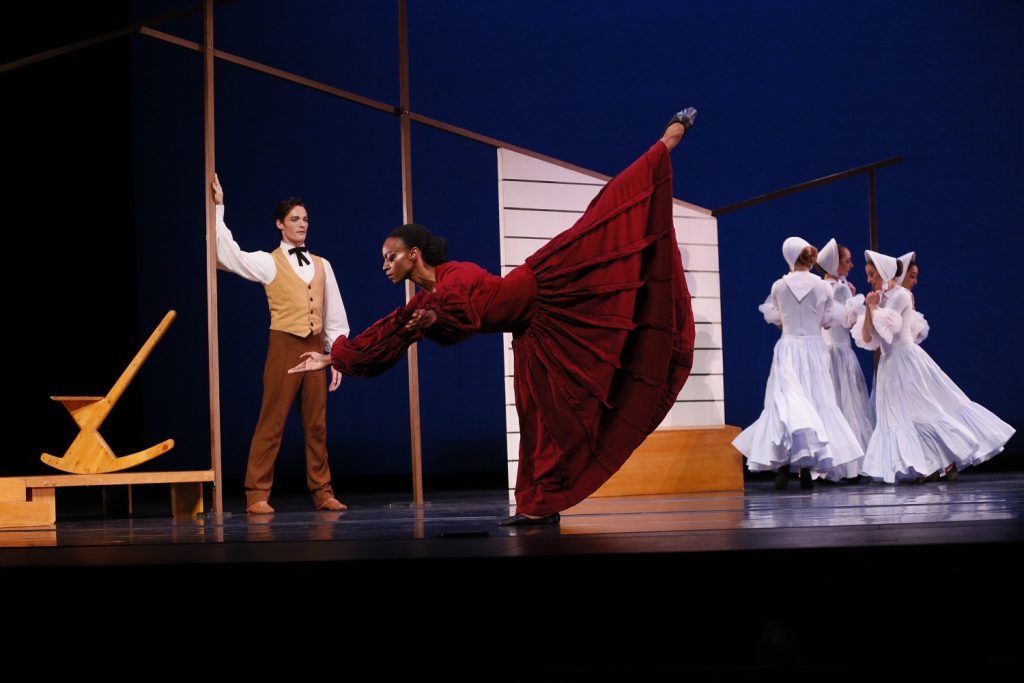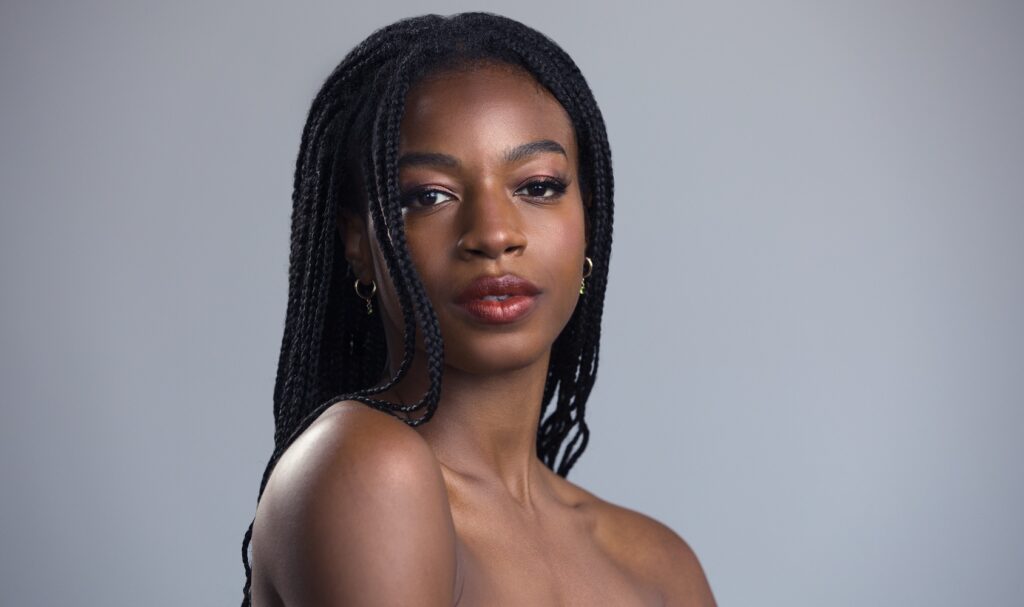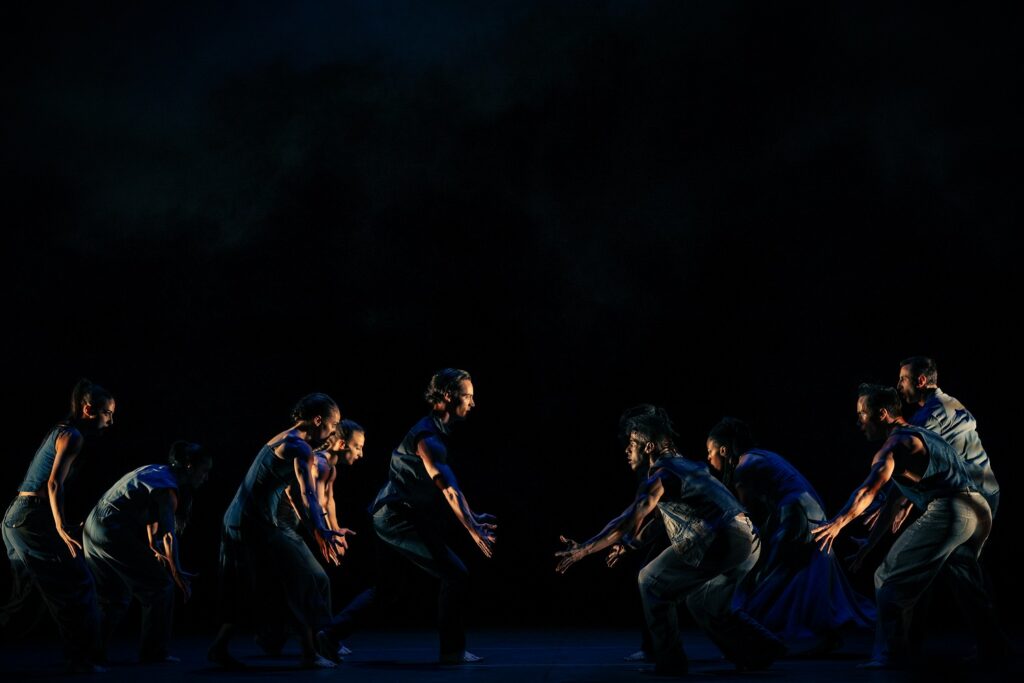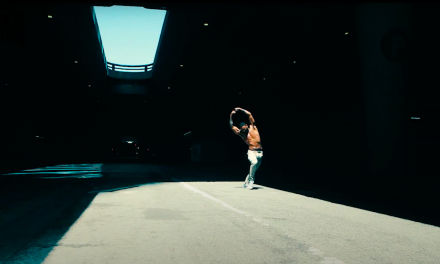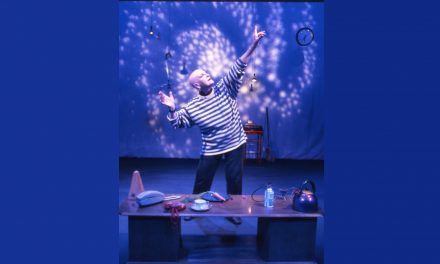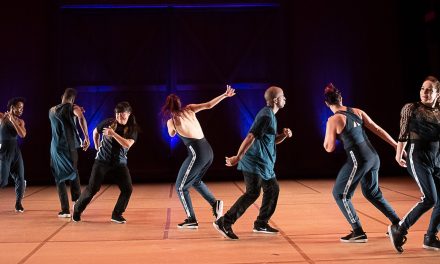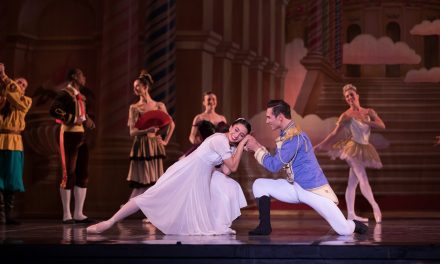GRAHAM100 is a three-season centennial celebration of the Martha Graham Dance Company. Although Graham died in 1991 at the age of 96, her brilliant company continues touring nationally and internationally under the strong leadership of Artistic Director Janet Eilber, who performed with the company for many years. On Saturday, January 18, 2025, the Segerstrom Center of the Arts will welcome the return of this amazing company featuring Graham’s master works Appalachian Spring (1944) and Immediate Tragedy (1937) as reimagined by Eilber. The program also includes We The People (2024) by resident choreographer of the Alvin Ailey American Dance Theater Jamal Roberts and Cave (2022) by Israeli choreographer Hofesh Shechter. Tickets are on sale now.
Born in 1894, Martha Graham began her professional career in 1916 with Ruth St. Denis and Ted Shawn (Denishawn) in Los Angeles. She made her debut as an independent artist in New York in 1926 which launched the Martha Graham Dance Company and school. During the 20th Century, Graham’s impact on the dance and art scene was shared by such renown artists as Picasso, James Joyce, Stravinsky, and Frank Lloyd Wright. It was an exciting and experimental time in dance spawning pioneer dance artists Loïe Fuller, Isadora Duncan, Mary Wigman, Hanya Holm, Kurt Joose, Lester Horton, and others. It was these groundbreaking choreographers that gave birth to what soon became known as Modern Dance. Their influences can still be seen and felt today.
Leslie Andrea Williams graduated with a BFA from Julliard School in New York in 2015. One of the many dance works she performed at Julliard was Graham’s 1946 Dark Meadows. This performance earned her an invitation to join the Graham Company just a couple of months later. Dancing is only one of Williams’ many talents. She is a singer, songwriter, actor, model, dance filmmaker, director, choreographer and sketch artist.
With all that going on in her life, Williams graciously agreed to be interviewed while visiting her family in North Carolina for the holidays. I asked how she managed to exercise all her talents while dancing with the Graham Company.
“I do my best,” she said, “As a creative person who happens to dance for a living, I’ve always felt that there were many ways that I could express myself and then those ways could then inform what I do with my dance.”
The Graham Company does not perform year round, so Williams finds time during those breaks to take part in other activities. She has modeled and an ambassador for Capezio and starred in the Dior Perfume campaign #DiorLoveChain. She was appointed a position on the board of directors for the theater company, Off-Brand Opera and is working hard with starting their new season. Williams is also currently looking for and casting dancers as she will direct a new production of Carmen Jones, a 1943 Broadway musical with music by Georges Bizet and lyrics and book by Oscar Hammerstein II. Conceptually, it was Bizet’s opera Carmen updated to a World War II-era, African-American setting. On top of that, Williams is involved with and choreographing for a new, up-in-coming arts club called Moss NYC.
Williams is performing in three of the four dance works on the program at The Segerstrom Center; Appalachian Spring, We The People, and Cave. The latter two have not been seen in Los Angeles, so I asked Williams to talk about them.
“Cave is a piece by Hofesh Shechter that he for the company right at the tail end of Covid. We were still wearing masks in rehearsals,” She said. “The timing of and the making of that piece was perfect because we were all stuck inside, we weren’t certain that we would ever dance on stage again, let alone in a social setting like a club. The whole work was inspired by that world and known humanity coming together and having that urge to move to the beat, to dance collectively and to have this catharsis, this release again with all the craziness that was happening in the world.”
Williams described the movement for Cave as being very specific, very grounded and “smoky and flowy.” She belives, however, that the most important aspect of the work is how they dance together as a group and as the piece develops, the dancers’ individuality begins to become clearer. She explained that the work is quite challenging physically but that it gives one a sense of freedom and by the end, she begins to feel that she is in a kind of trance. “You feel that you are on this journey that starts at the beginning and climates at the end and then simmers out,” she said. “It’s definitely a great journey as a dance and as a viewer. It has this universal message of the collective energy.”
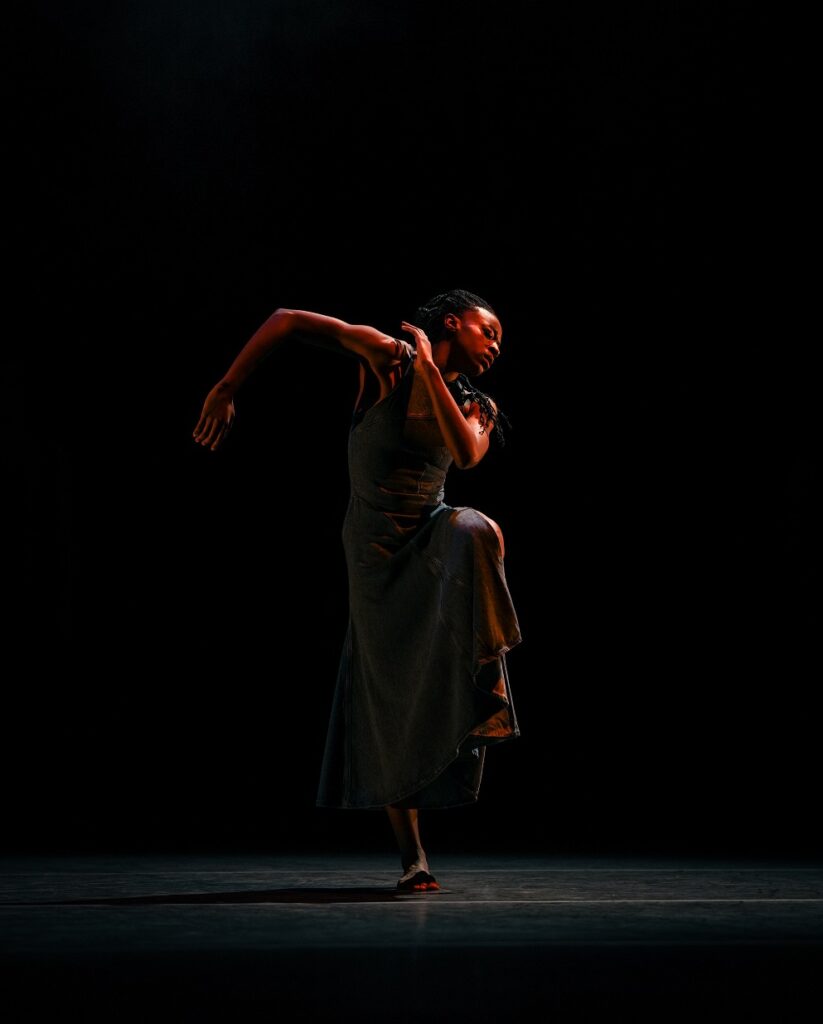
Martha Graham Dance Company – Leslie Andrea Williams in “We The People” by Jamal Roberts – Photo by Isabella Pagano.
The description of We The People by Jamal Roberts reads “…this dance of 21st Century Americana references and reverberates with our history. Its new score by Rhiannon Giddens, as arranged by Gabe Witcher, offers the historic sound of American folk music.” Roberts states that it “is equal parts protest and lament, speculating on the ways in which America does not always live up to its promise.”
Williams described that all the solos in We The People are different takes on how it is being a human in this country. The composer told Roberts that she specifically wanted a Black female to open the piece, and it is Williams who performs that first solo. “I felt the weight of that, to tell my story,” she began. “but also Jamar really saw me as who I was as a human and as a dancer.”
She did not feel that she was just doing steps, but that she felt that she was having a conversation between strength and vulnerability and how she exists in the world. The work then turns into a piece about everyone, Black, Hispanic, Asian, etc. “I see it as this conversation of the power of people coming together to make change,” she continued.
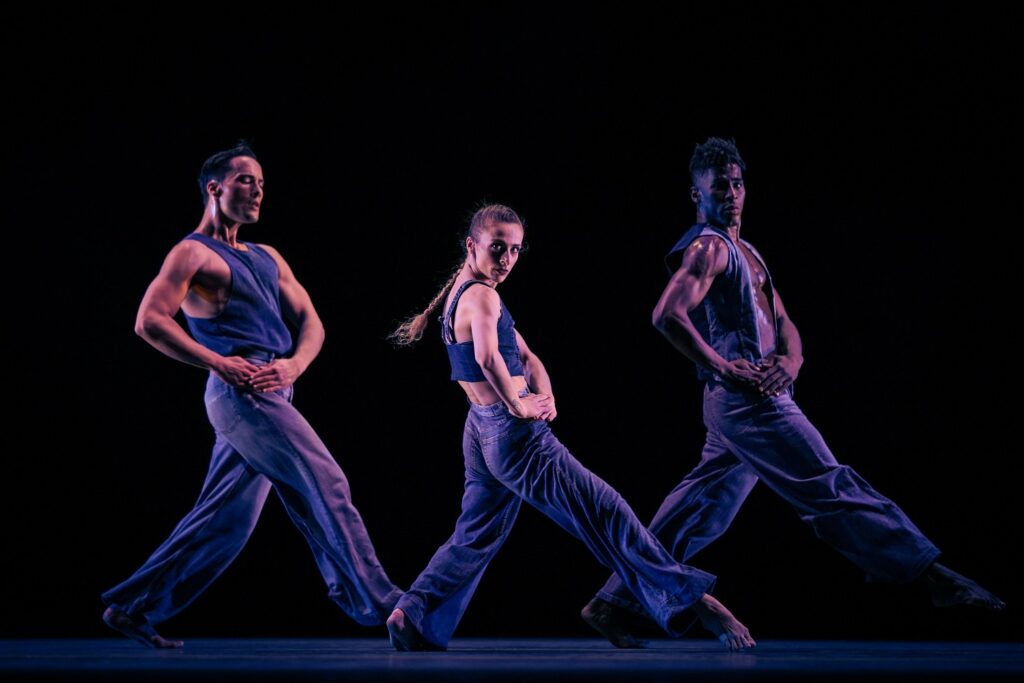
Members of the Martha Graham Dance Company in “We The People” by Jamal Roberts – Photo by Isabella Pagano.
Williams believes that the message of each solo is very specific but that there is a big contrast between the solos and the group sections. She described how the dancers move very quickly when they are in groups and that Roberts’ choreography is very musical and count specific. She believes that he wanted the cast to truly feel the rhythm and the weight of the blue grass music, and to use that in an almost aggressive way. They were told not to smile. Williams said that she loves dancing to Rhiannon Giddens music and therefore finds not smiling difficult. Roberts asked everyone to stay true to the conversation that they were having with one another. “And also with the audience,” she added. “to have the task that we were fighting against something.”
Regarding the overall program, Williams believes that there is a dialogue that is taking place with Jamar Roberts’ take on the 21st century and Graham’s Appalachian Spring which is 20th century Americana. “The idea of moving into the future. America’s vitality to emerge out of strife, struggle and war,” she said. She believes that there is also a conversation happening throughout the program of new versus old. Graham’s two works were created in 1937 and 1944 whereas the others were made within the past two years. “The themes are still very similar,” Williams said. “especially about the contents about America and how it all ebbs and flows as a society. I think that there will be a juxtaposition there between those pieces.”
Martha Graham created and performed the solo work titled Immediate Tragedy in 1937. It was a work “in reaction to the atrocities of the Spanish Civil War. We see the woman in Immediate Tragedy as a universal figure of determination and finally, resilience.” When Graham stopped performing the work, however, it was lost for many years.
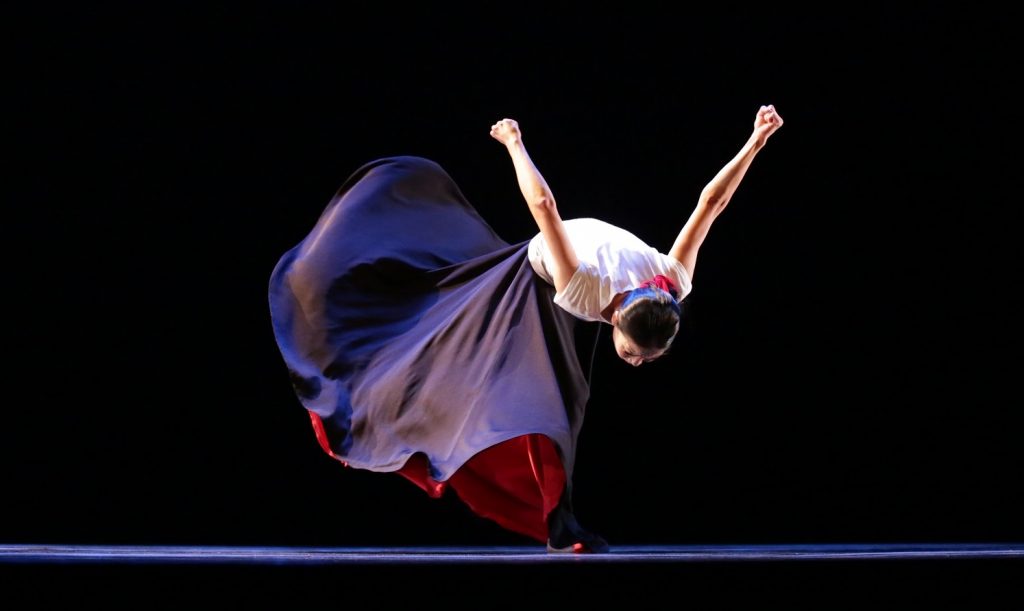
Martha Graham Dance Company – Xin Ying in Martha Graham’s “Immediate Tragedy” – Photo by Melissa Sherwood
Immediate Tragedy was reimagined by Janet Eilber utilizing recently discovered photos of Graham performing the piece. Williams explained how during Covid the dancers in the company were each sent photos and asked to create movement based on those photos. That project was later made into a solo by Eilber.
“It still has that message about resilience and fighting through and strife and coming out on the other side different then you went in,” Williams said.
Commenting on the program at The Segerstrom, Williams said, “Each dance, in a way, has an underlying connection to social, political action – indirectly or directly. The program is well rounded in that sense because there are so many conversations, but the dancing that we are doing is so varied. All are within a theme but at the same time they are all very different pieces.”
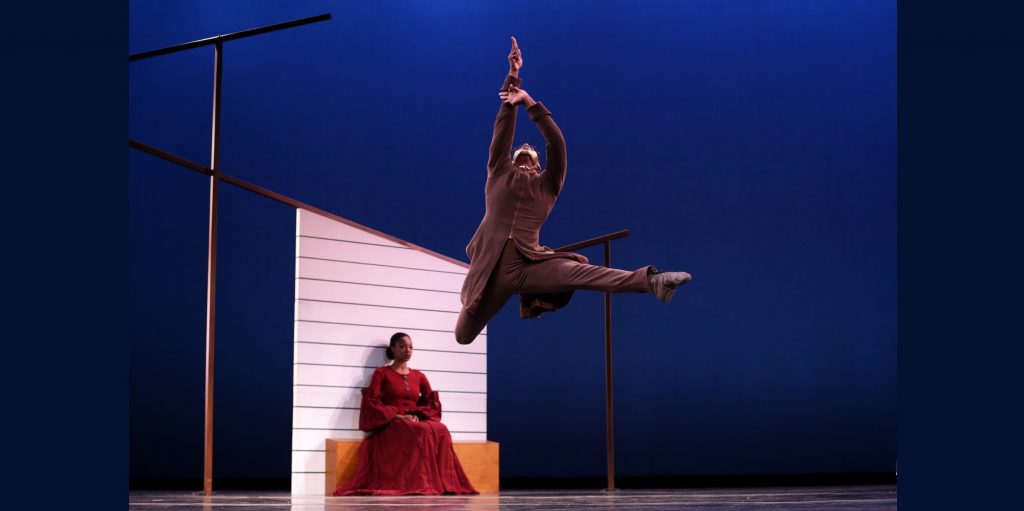
Martha Graham Dance Company – Lloyd Knight with Leslie Andrea Williams in Martha Graham’s Appalachian Spring – Photo by Melissa Sherwood
Williams expressed that one of the Graham Company’s strengths is that it strives to produce each choreographer’s vision while continuing to focus on the individuality of each dancer. And of course, as they do these things, the company always pays great attention to and honors Martha Graham, whose works remain timeless.
The Martha Graham Dance Company will perform GRAHAM100: the 100th Anniversary of the Martha Graham Dance Company at The Segerstrom Center for the Arts for one night only on Saturday, January 18, 2025 at 7:30 pm. Tickets starting at $44.07.
For more information about The Segerstrom Center and to purchase tickets, please visit their website.
For more information about the Martha Graham Dance Company, please visit their website.
Written by Jeff Slayton for LA Dance Chronicle.
Featured image: Martha Graham Dance Company in We The People by Jamal Roberts – Photo by Isabella Pagano.
